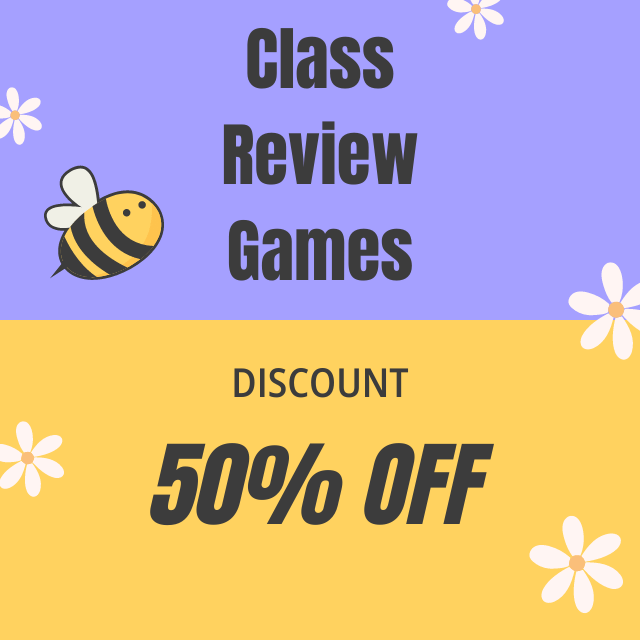You’ve sat down to write an essay, and learned the first question of the prompt: “What’s it supposed to be about?”
The material may be there, but arranging it neatly strikes me as somewhat mysterious. All you need to do is figure out how to construct it step by step.
Here we analyze the links in each paragraph to the function the paragraph should serve for the reader, and whether every paragraph should look the same on the page (that of your essay looking neat) or look the same (the structure of what you are writing being exposed).
If you wrote this piece based on this formula, then I bet it’s going to be pretty extraordinary, and you can bet on yourself, too.
Understanding the Basic Essay Format
Before we take apart the SAQ paragraph, however, let’s pump the brakes for a quick reminder of what the big picture essay structure looks like: Generally speaking, an essay will consist of:
- An introduction
- Body
- A conclusion
And every one of these has a bio to pen. But I do think that in the body paragraphs in particular, getting the right stuff in the right sequence does make your meaning clear in a kind of powerful way.”
Now, let’s dissect what each paragraph of your letter should include.
What Should Go in Every Paragraph?
Each of the paragraphs should make one main point and support it with logic and, preferably, a certain amount of style. Here’s how to ensure every paragraph feels finished.
Start with a Topic Sentence
The topic of your paragraph should be contained in its first sentence. It’s a way for that section to have a little headline. You don’t have to be fancy, just express your point plainly and plainly.
For instance: “There are many good reasons to learn how to write essays.” or “One of the best reasons for learning to write essays is to develop thinking abilities.”
Add Supporting Sentences
But, you know, once you have gotten them there, then you’ve also got to talk your point. Compose 2-3 sentences on your topic. Maybe you could throw in a brief example, or fact or an anecdote from something you understand from personal experience. Just pick a few of these sentences and make sure in some way they relate to your topic sentence.
You could also experiment with something like: “When you make the effort to plan and write an essay, your brain learns to plan better.” You also improve at articulating where you are standing so that words can enable people to understand, and that, too, is useful at school and in life.
Add Evidence or Example
To bolster your paragraph even more, don’t stop at just referring to the evidence; add one more sentence in which you develop the argument a little more. This could be from a book, an article or simply something that occurred.
We’ll put it like this: “According to a recent study, students who write essays regularly perform better in exams that require critical reasoning.”
This ever so slightly makes your argument feel more real and solid.
You can also make this plain easier by working with an ai essay writer, it will assist you with ideas, structure and even how you can elaborate your points.
Wrap Up with a Closing Line
There should be an effective stopping point in every paragraph. You don’t have to have an elegant line, just something to end your statement cordially.
Whichever: “Well, you know, learning to write essays doesn’t just prepare you for banging out coursework but for the life of the mind.”
That’s it! Your paragraph is now complete.
Keeping Paragraphs Connected
Now that we know what goes inside a single paragraph, it’s also useful to ensure that each paragraph functions well about the surrounding paragraphs. This can be achieved with a few linking words or key phrases. For example:
- “Another thing to consider is…”
- “In addition to that…”
- “This shows that…”
Using these types of lines makes your essay flow. It’s like preaching that every stone in each building should match neatly against the stone just beside it.
How the Introduction and Conclusion Fit In
We’ve spent most of our time discussing body paragraphs, but don’t overlook the other sections of your composition; they matter just as much.
Introduce your topic and explain the topic you are discussing, and what you are trying to explain in your writing. You can even turn a question to the reader (as we did in the beginning) into a subtle introduction.
The conclusion is where you reconcile it all. Just steal the most important points, don’t bend and turn them.
Example: “In conclusion, the claim of the present title becomes available when all individual paragraphs contain the correct parts.
Final Thoughts
Writing an essay is all just fleshing out what’s in the paragraph. Present an idea, examples, three or four lines of evidence and stop. Your essay will feel well-constructed and polished if there is some of each in every single paragraph.
Write thus, not merely that your teacher may give you a good mark, but that writing will build the closest things we have to more imagination and the ability to remember, to think, to explain.


